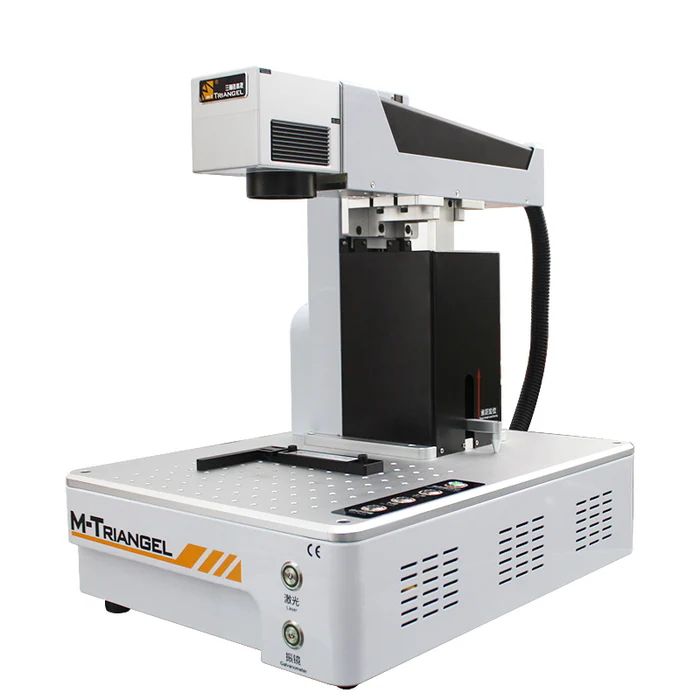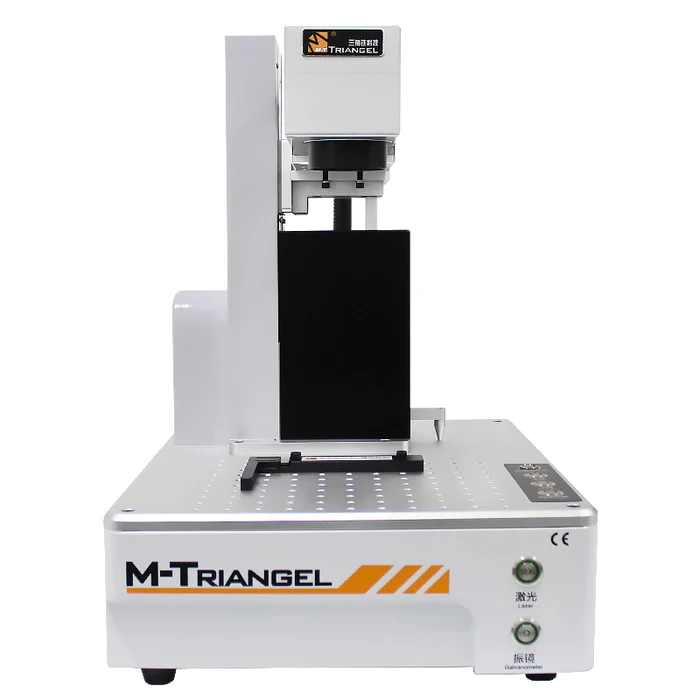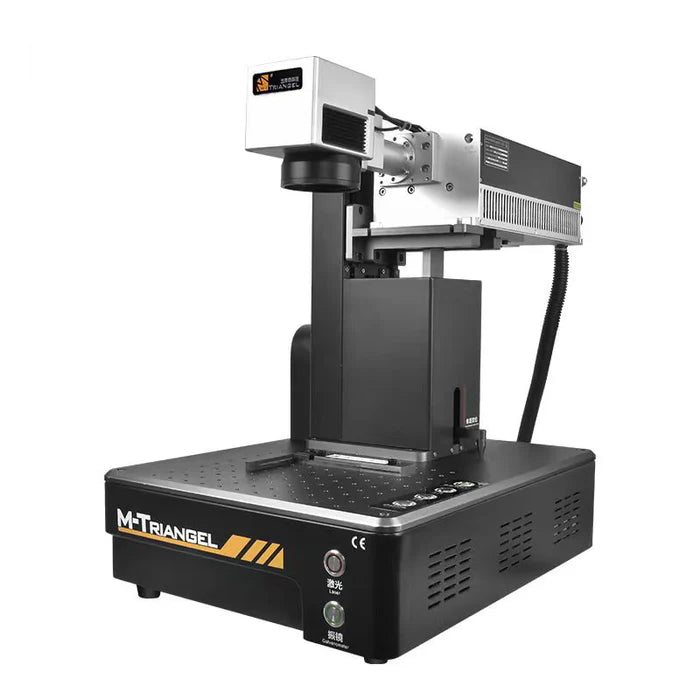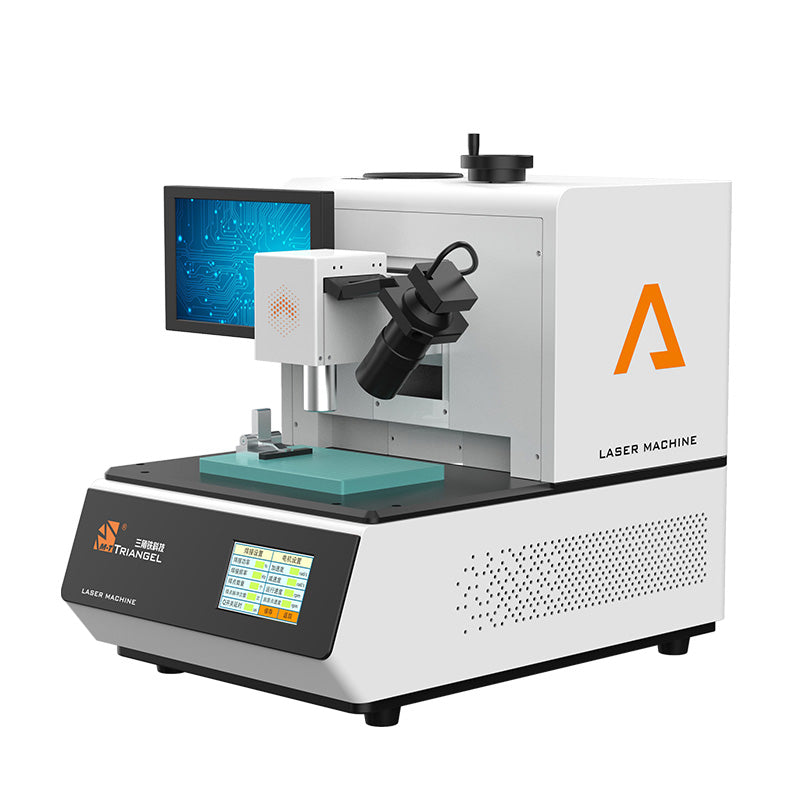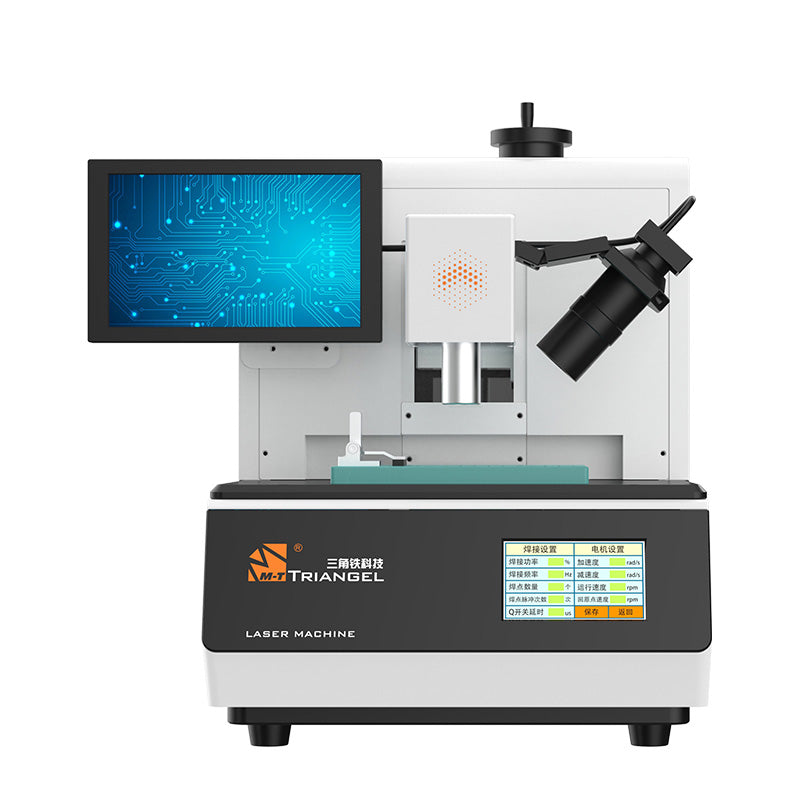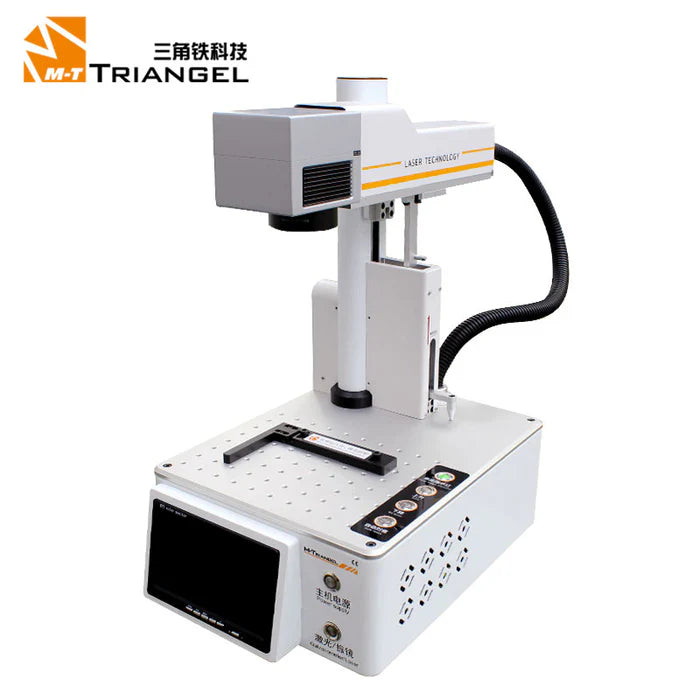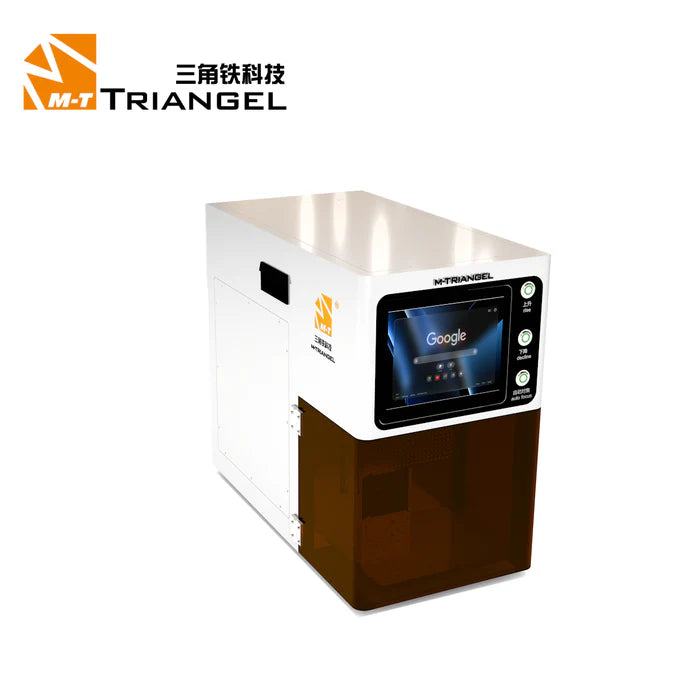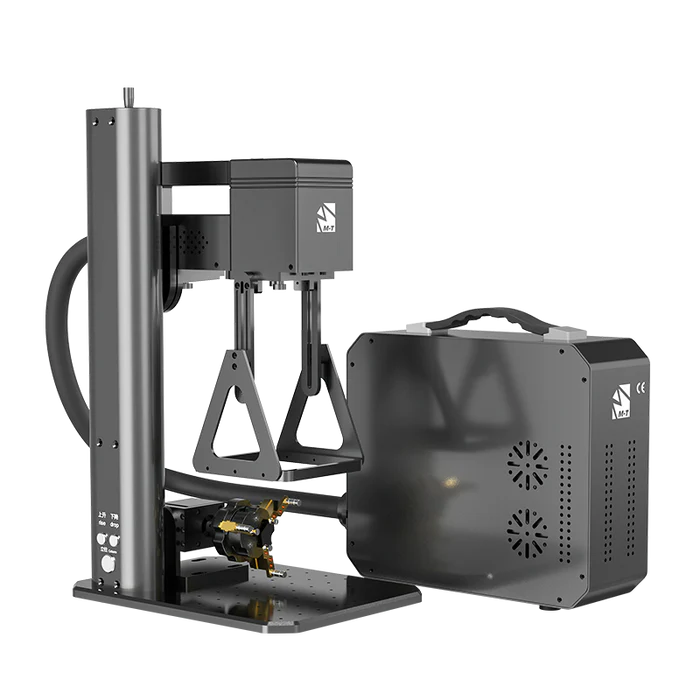Laser Marking Machines Overview
Laser marking machine is an advanced high-tech equipment that uses laser beam to accurately mark, engrave and punch holes on the surface of various materials. Compared with traditional marking methods, laser marking is not only more accurate and faster, but also does not require contact with the material surface, which greatly reduces the risk of wear and damage. Through a focused laser beam, the marking machine can leave lasting and clear marks on metal, plastic, ceramics, glass and other materials. It is widely used in product traceability, brand promotion, barcodes, QR codes, serial numbers, pattern engraving and other fields.
1. High precision
Laser marking machines use a focused laser beam for marking, which can achieve extremely high precision, and the marking pattern or text is very clear, which is suitable for marking complex patterns and tiny text. Its delicate operation can meet demanding identification requirements, such as QR codes, serial numbers, etc.
2. Non-contact processing
Laser marking machines are non-contact processing, and the laser beam does not directly contact the surface of the object, thus avoiding damage caused by wear or physical contact. This makes it suitable for delicate electronic components and easily damaged materials such as films and soft plastics.
3. Environmental protection and no consumables
Laser marking does not require the use of chemicals, inks or other consumables, avoiding environmental pollution. Compared with traditional printing or engraving methods, laser marking is a more environmentally friendly technology that does not produce hazardous waste.
4. Strong durability
Laser-marked logos are usually very durable and are not easily worn, faded or detached. Especially on hard materials such as metal and glass, the effect of laser marking can remain clear and durable for a long time, which is very suitable for traceability marking and anti-counterfeiting.
5. Efficiency
Laser marking is fast, especially in mass production, which can significantly improve production efficiency. Compared with traditional marking methods, laser marking has higher working speed and shorter processing time, thus reducing production costs.
6. Flexibility
Laser marking machines can be applied to a variety of different materials, including metal, plastic, glass, ceramic, leather, wood, etc. It can meet the needs of different industries and is widely used in automobiles, electronics, medicine, consumer goods, packaging and other fields.
7. No tools and molds required
Laser marking machines do not require traditional molds or tools, and can mark directly on the surface of the product, reducing the cost of mold manufacturing and replacement. In addition, the adjustment and maintenance of laser marking machines are relatively simple, and the cost of use is low.
8. Fine processing capabilities
Laser marking machines can achieve micron-level marking, which is suitable for jobs that require high precision, fine patterns or deep marking, such as tiny parts identification, QR codes, serial numbers, etc.
9. Diverse marking effects
Laser marking can achieve a variety of marking effects, such as black marking, metal surface engraving, color marking, relief effect, etc., and the marking effect can be highly customized according to different materials and needs.
10. Easy operation
The operation of the laser marking machine is usually very simple. It uses computer control and software programming, and the marking content, position and size can be adjusted as needed. Modern laser marking equipment usually has a user-friendly interface, allowing operators to quickly get started and work efficiently.
11. Low maintenance cost
The laser marking machine has fewer mechanical parts and almost no need to replace consumables, so compared with traditional printing, engraving and other methods, the maintenance and operating costs are lower. The equipment usually has a longer service life and a lower failure rate.
12. Adapt to high-intensity working environment
The laser marking machine can work stably in harsh environments such as high temperature and high humidity, and will not be affected by the external environment. It is suitable for high-intensity, 24-hour continuous operation production lines.




